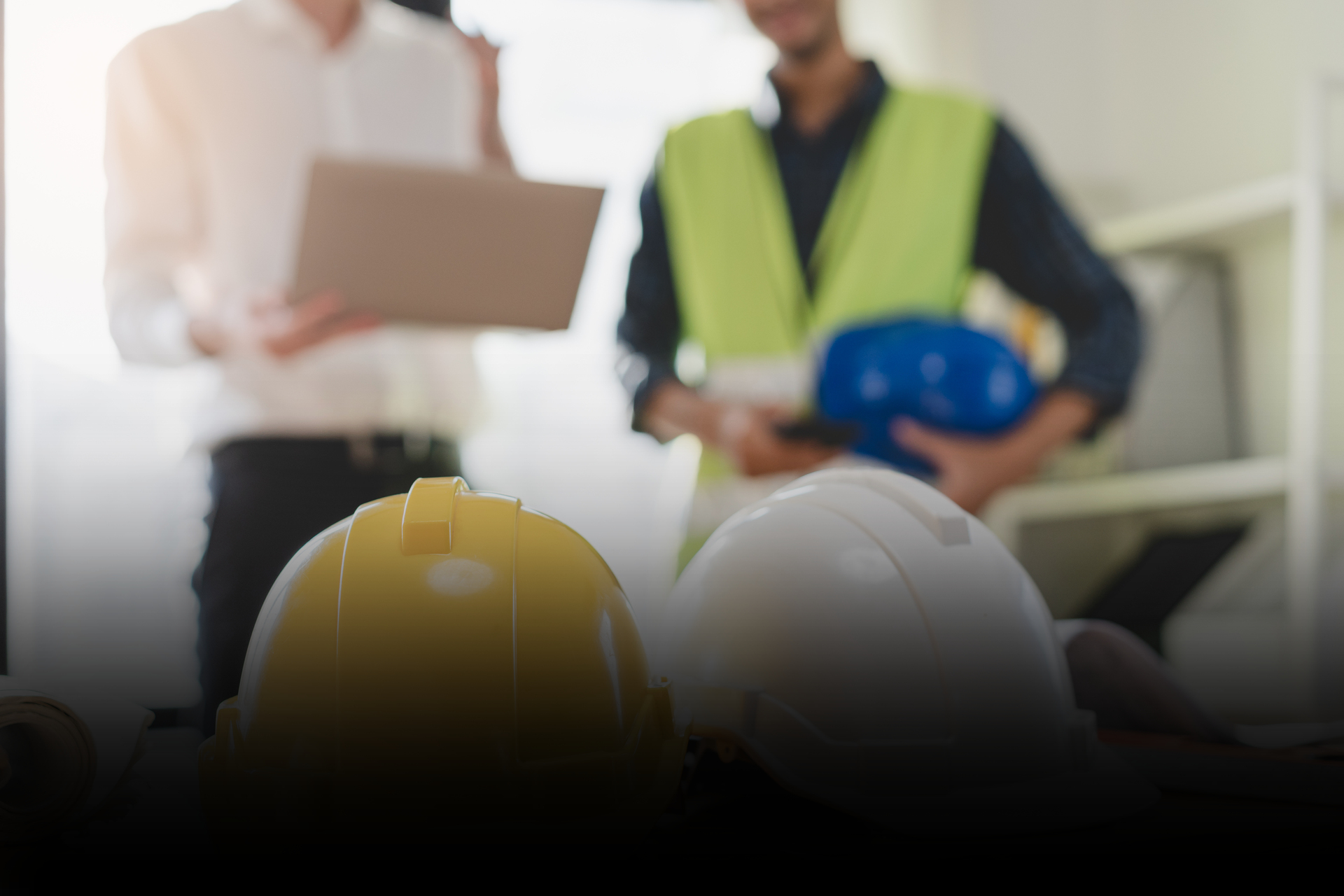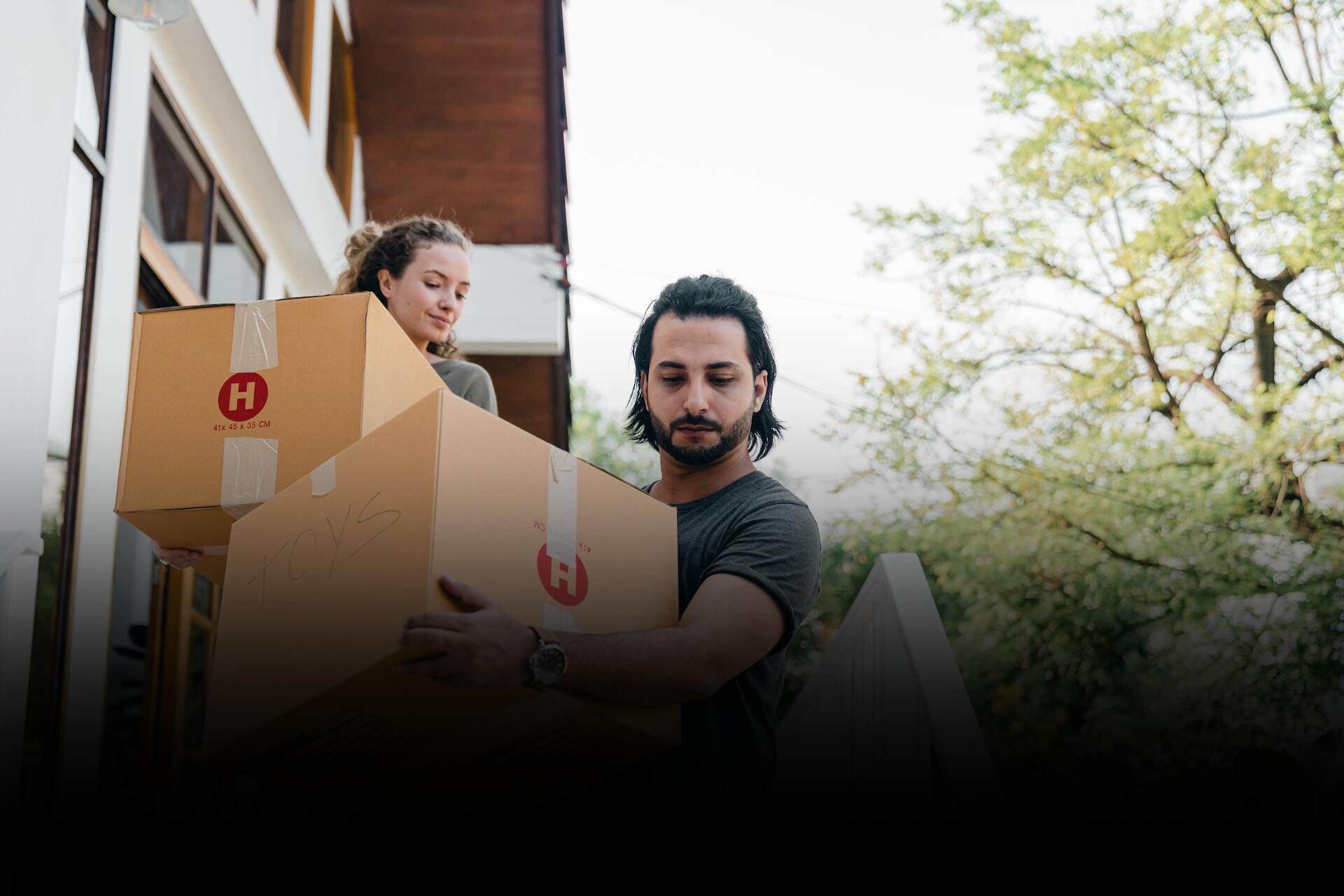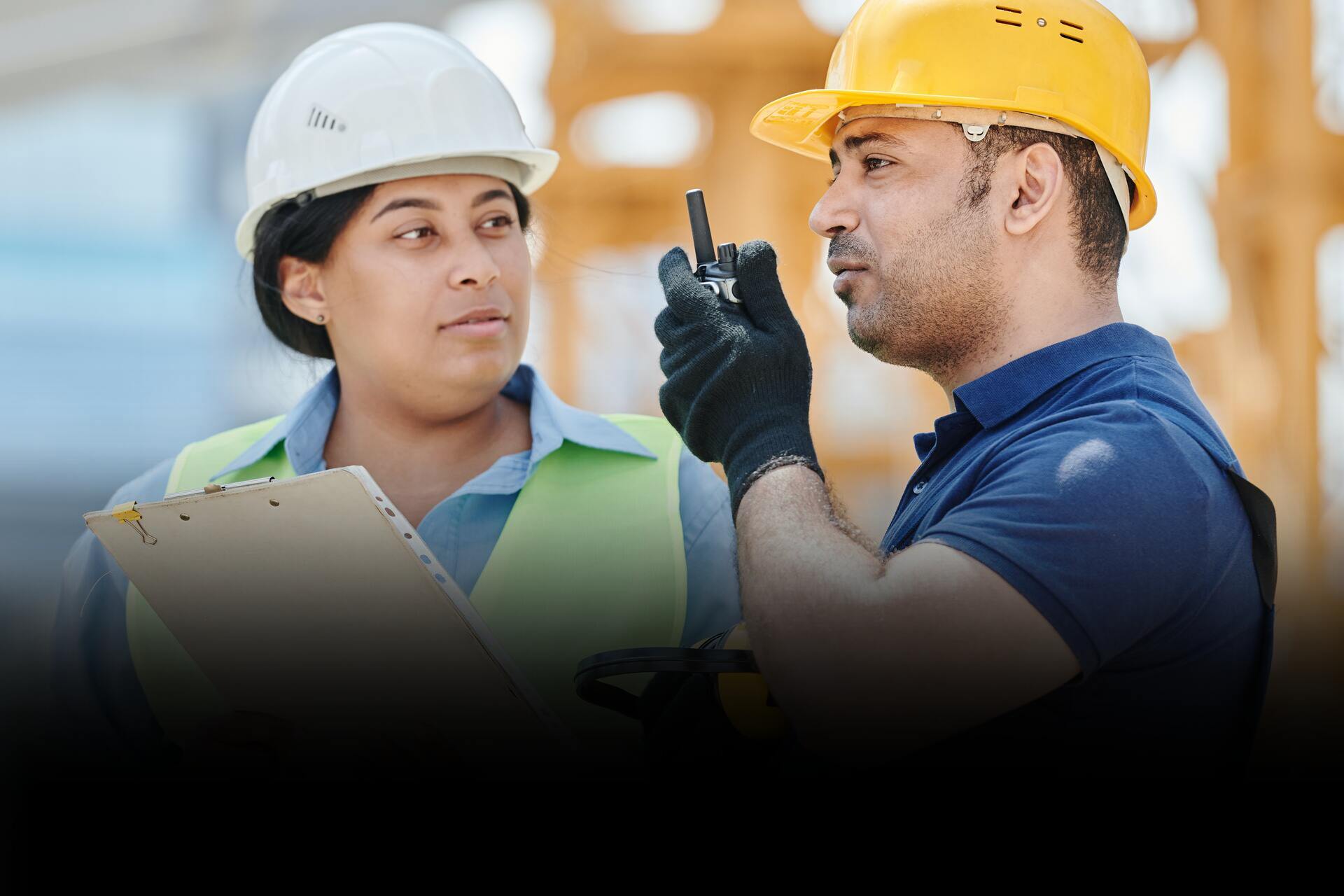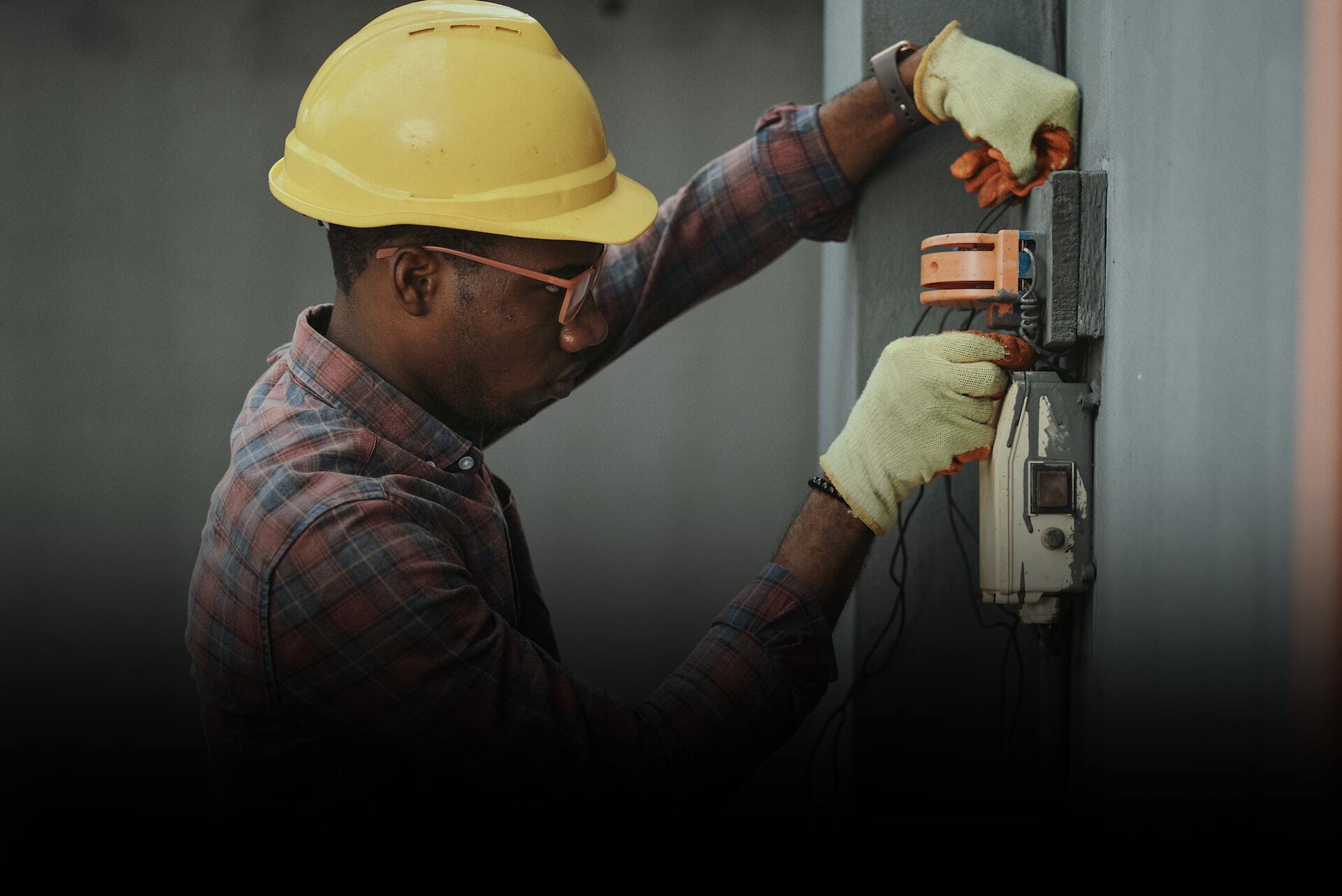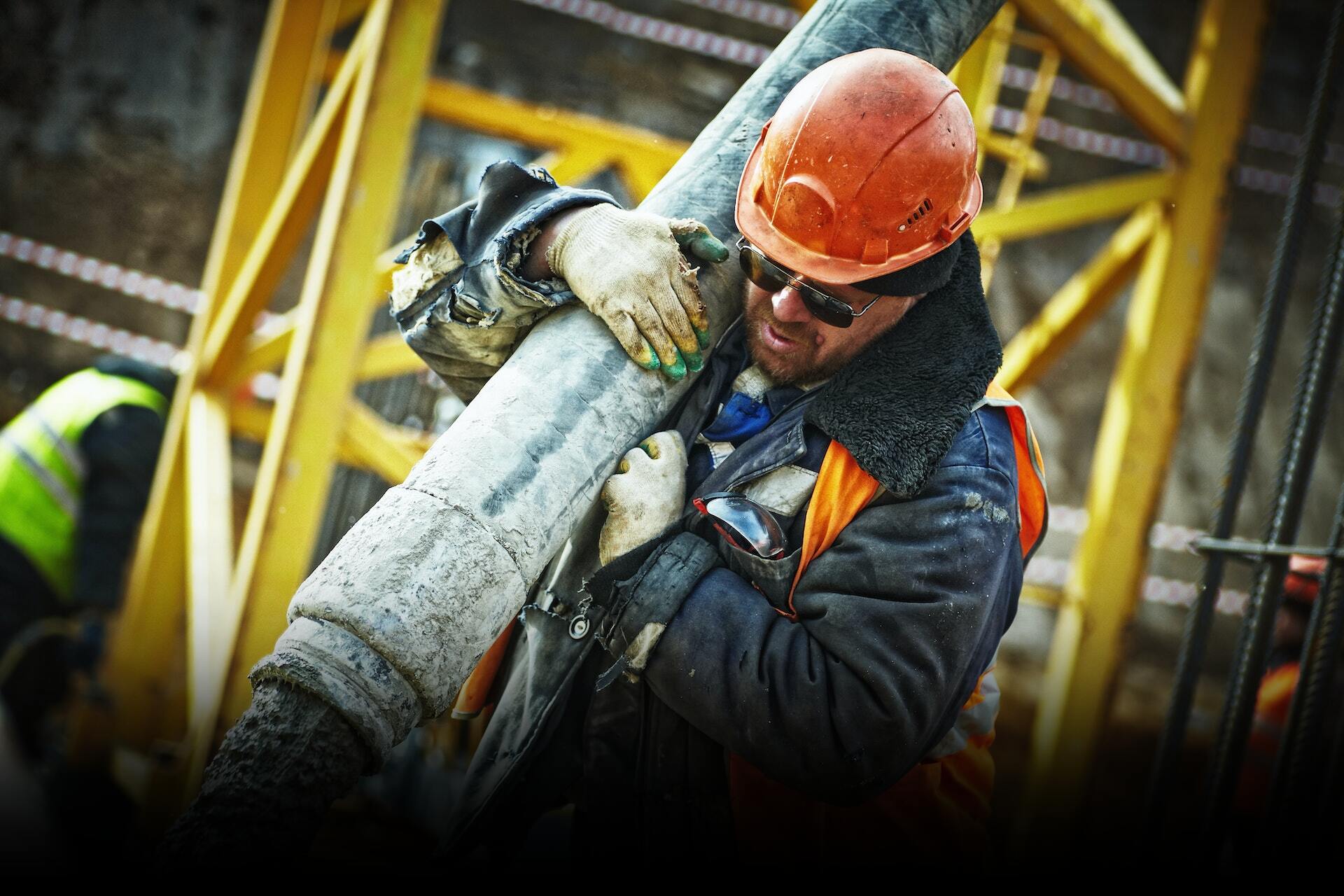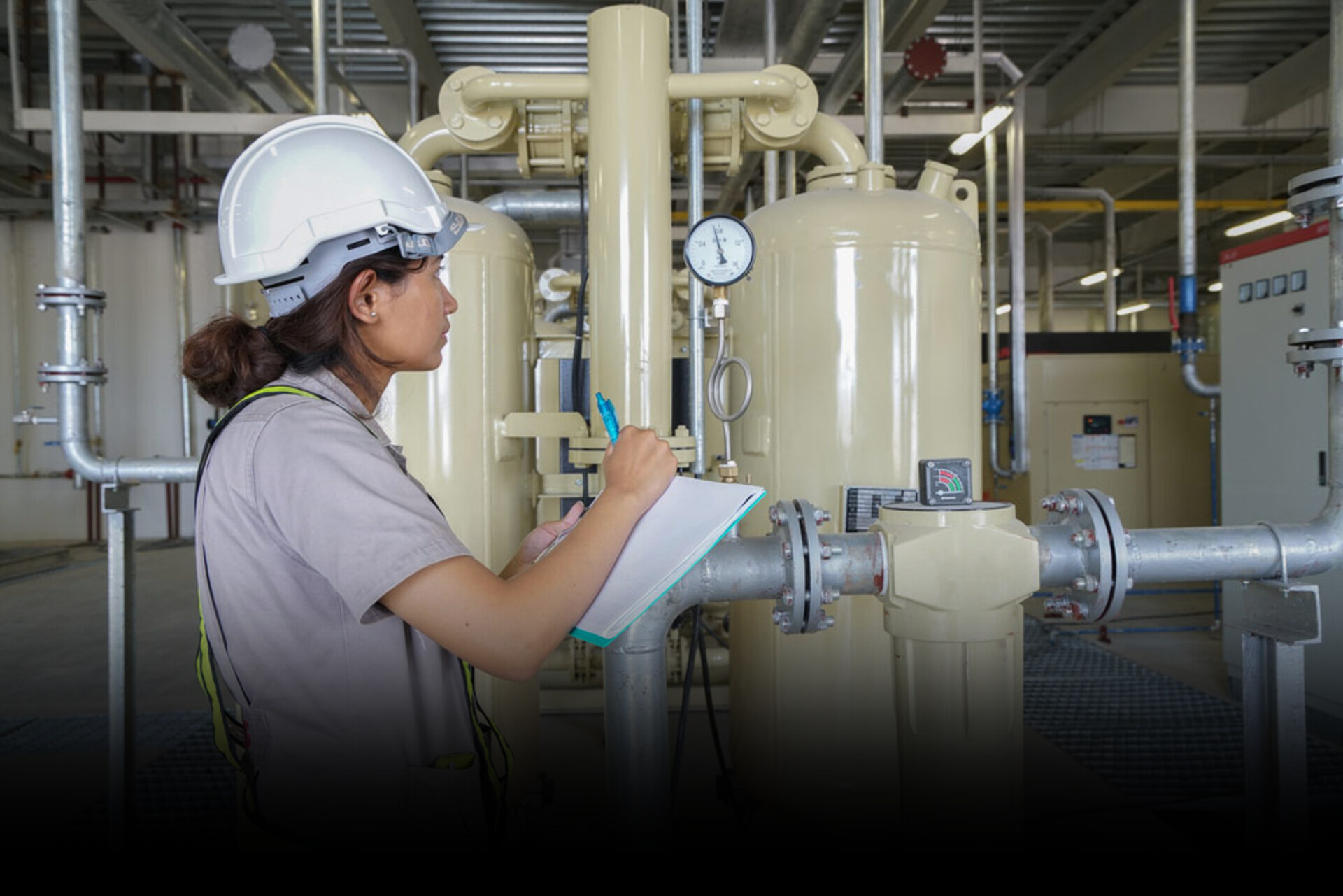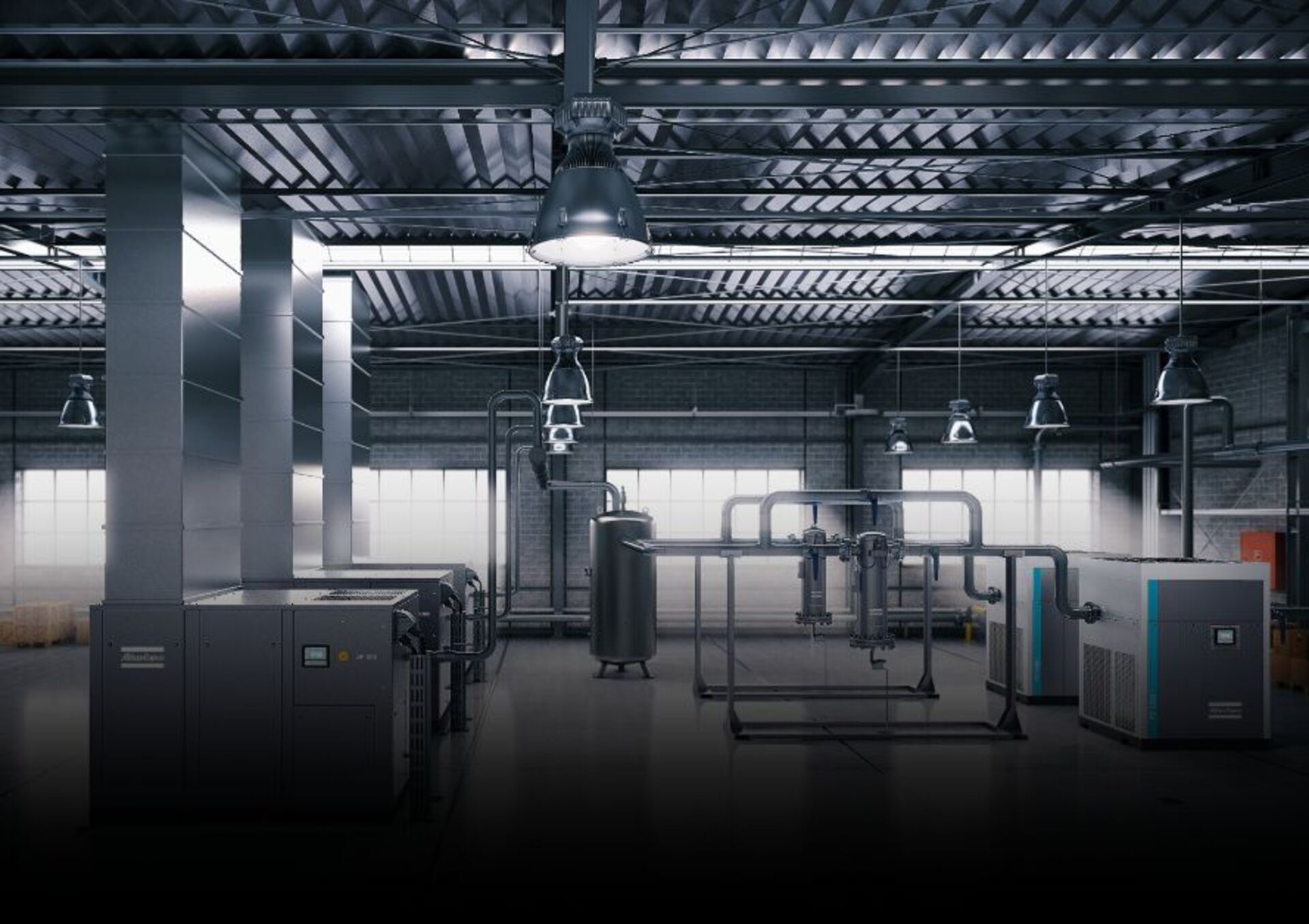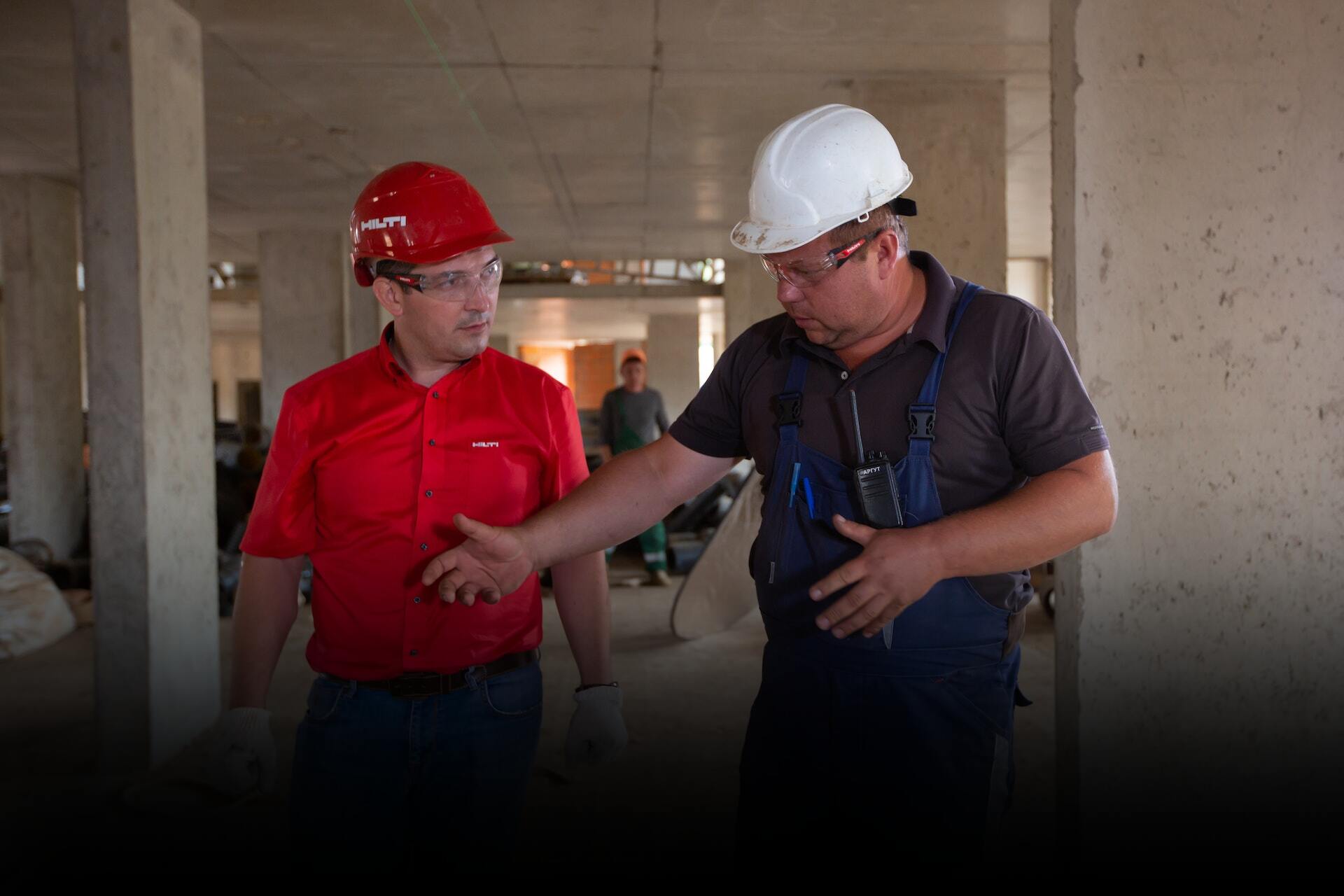
No Time to Read?
Let’s Explore the Blog Together to Know What’s Inside in 5 min summary video
Underground services are found in almost all firms and construction sites, and they are a crucial component of excavation, demolition, and refurbishment work, thus any damage to subsurface utilities can result in deadly or severe harm, as well as project delays and significant expenses. In this article, we will discuss the potential risks of operating near subsurface services and propose effective management strategies for reducing any direct and indirect risks that may arise.
Although it focuses on hazards to health and safety rather than damage to services, steps taken to decrease threats to the safety and health of individuals will typically reduce the risk of service damage. This blog is for those who are involved in commissioning, planning, managing, and carrying out work on or near subsurface systems. This will benefit owners and operators of many services, including:
- Street works;
- Road works;
- Excavation, drilling and piling;
- Demolition and site remediation;
- Site investigation surveys;
- Any other work that involves penetrating the ground at or below surface level.
Identifying and Managing The Dangers
Electricity cables
Briefly, when an alive electric wire is penetrated, struck or torn in any way, or when an alive cable is crushed to make internal contact between the conductors. The explosive effects of arcing current, fire, or flames, which may occur in an environment full of flammable materials, will then cause fatal/major injuries (burns to the hands, face, and body; electric shock) and damage. Keep in mind Incidents can also result from deteriorating with age or from cables, connections, and terminations that have been broken but not reported or fixed.
Gas Pipes
There are two forms of damage: one that results in a leak instantly, and the other that results in a leak later on. Because liquefied petroleum gas (LPG) is heavier than air and does not disperse as easily as natural gas, it poses a greater risk of fire or explosion from leaks caused by damage to gas pipes and connections. It can also travel far below the surface before gathering at a low point, as in cellars and basements.
Water Pipes and Sewers
While injuries from damage to water pipelines are less common, the following can still happen:
- A person may sustain injuries from a main water jet that is powerful and intense enough. It might also include hard things like stones that were thrown up from the area surrounding the pipe.
- Water leaks from underground pipelines might impact nearby services and lessen the stability of adjoining buildings.
- Water can enter gas pipes if they are also damaged.
- Damage to mains pipes can cause flooding, which increases the risk of drowning or the quick collapse of support to the sides of an excavation.
While some sewage moves under pressure, sewers are primarily gravity-fed, and the main concerns associated with sewer damage are worker health from exposure to raw sewage, ground collapse, and environmental contamination and pollution.
Other pipelines
The risk of damage to other pipelines varies based on the nature of the conveyed fluid. Examples of this include flammable liquids and gases, fluids at elevated pressure, toxic liquids and gases, and inert gases as nitrogen and argon. Fluids frequently pose a combination of risks; for example, a liquid may be both poisonous and combustible.

Telecommunication Cables
Because some telecommunication cables are difficult to detect and expensive to repair, telecommunication companies may prefer to locate them on-site, as damage to telecommunication and TV cables can cause significant disruption to those relying on the system. However, the danger of personal injury to employees is typically relatively low. Flammable and hazardous gasses may enter cable-carrying ducts, especially if the duct is broken. Such gasses can build in chambers, manholes, and other areas, endangering operatives who may be working there.
Safety is the blueprint for success in construction.
– Safety Advisor
General Control Measures
A safe system of work includes three components: planning, detecting and locating underground services, and safe excavation procedures. Three critical features complement each other and are necessary when operating near underground services. More details about each are given later.
1- Anyone planning or carrying out work that may disturb underground services should contact the owners/operators of those services to inquire about their location and status.
2- Owners and operators
-
- Should provide any essential information on the location of services in the workplace.
- Should be prepared to assist in the location and identification of services.
3- Plan your work to avoid underground services. Where this is not practicable, devise methods to reduce the risk of damage to the services in the workplace.
4- Individuals with sufficient expertise and technical knowledge should conduct a thorough survey of the work area with the necessary survey tools and equipment.
5- Works shall be done by competent workers with sufficient skills, knowledge and experience to do so safely
6- Safe working practices are put in place and used
7- Appropriate traffic signing is used on highways
8- Risks from other sources, such as collapse of excavations, are avoided;







